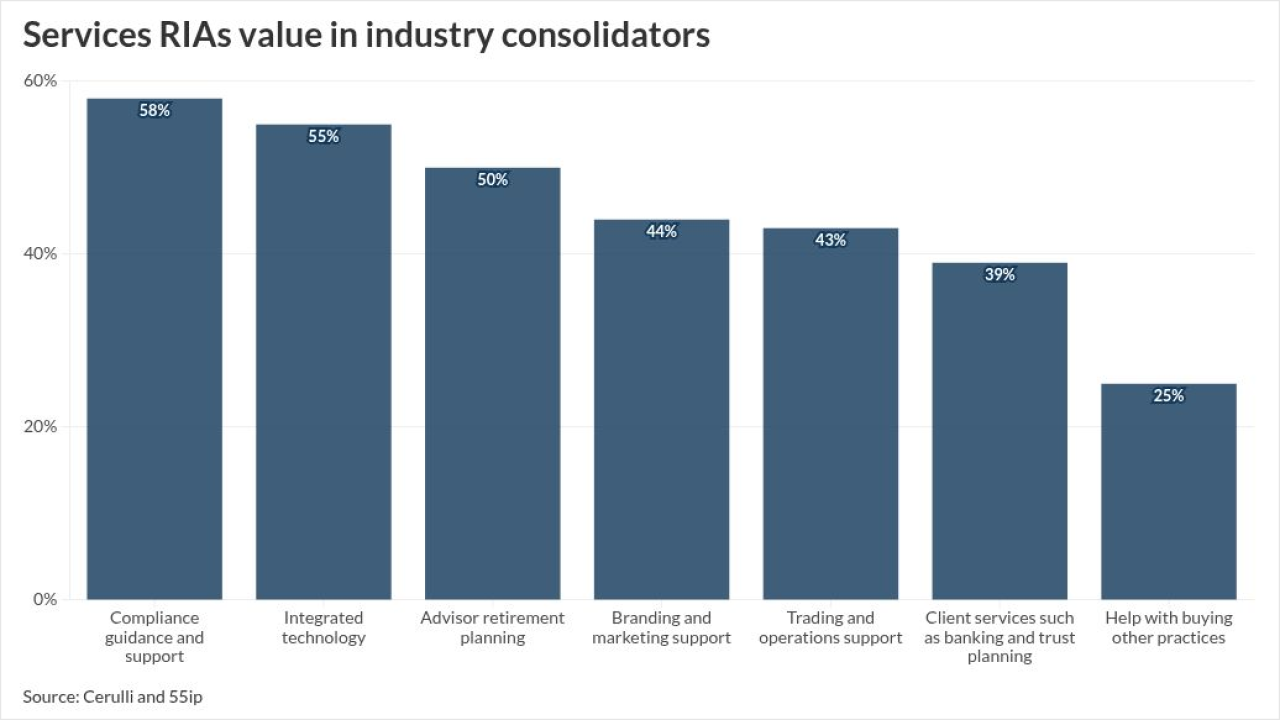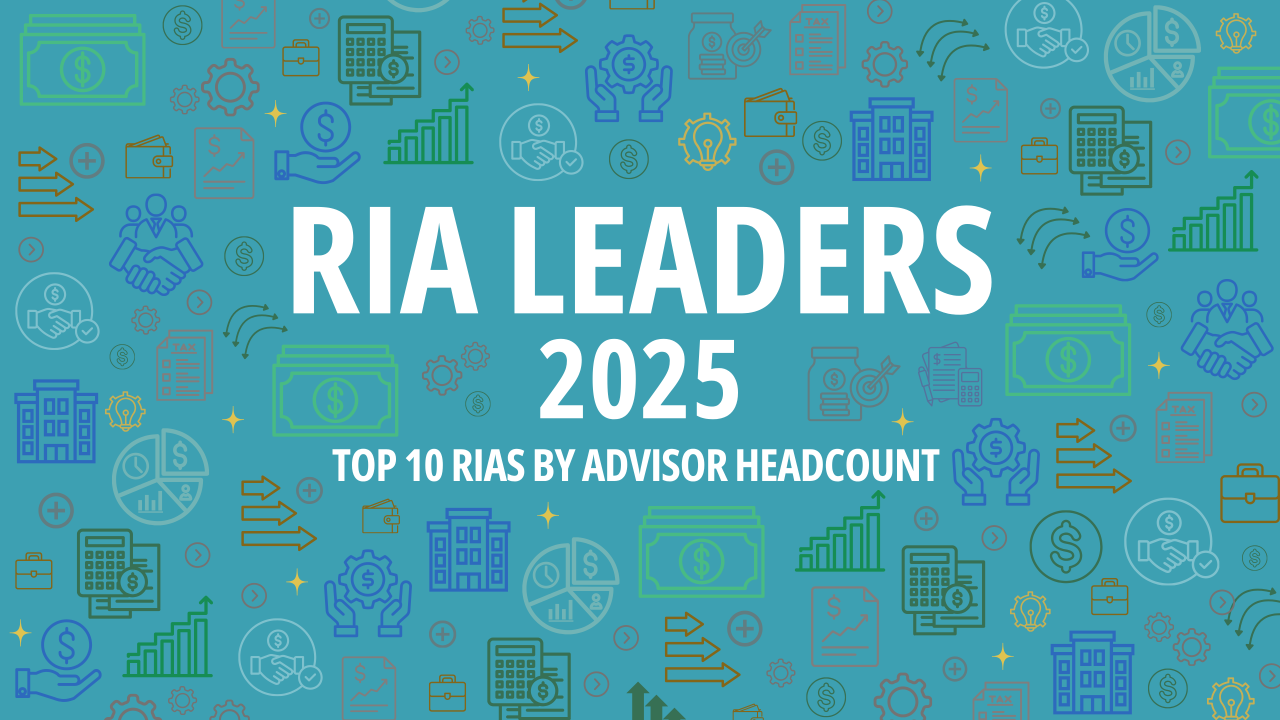Not only have tech-savvy millennials challenged traditional service firms (and their fees) — baby boomers are also gaining a sense of their financial advisory service fees, and heeding the call that both services and fees are changing, and negotiable.
It’s therefore never been as important as now for advisors to be able to communicate the value they bring, even as they educate themselves about emerging robo and hybrid advisory models in light of an increasingly aware clientele. In this follow-up article, we delve deeper into the role and value of human advisory models.
The rise of digital investing promises to transform the way people manage their money. The good news is that digital models won’t replace investors’ need for human guidance. But how that guidance is delivered needs to change — indeed, evolve. For investment services firms to keep abreast of the market and ahead of the competition, they will need to take heed of several advisory models we’re seeing emerge.
In our first article on this topic in Financial Planning,
A.T. Kearney’s latest research,
The expansion of hybrid platforms and bank digital advice promises big changes and fierce competition in automated wealth management.
If providers want to survive in this new environment, their business models will need to be refined to optimize their digital offerings while also communicating the strength of their human expertise. Here’s what it will take to stay competitive:
- All investment offerings and services must incorporate digital capabilities.
There’s no way to escape this. As mass affluent investors become older and wealthier, they are going to seek higher levels of investment advice. As they do so, however, Hybrid service delivery models will make the greatest gains as opposed to digital-only models (where a digital platform utilizes algorithms/technology to deliver investment advice, with no human touch) or dedicated advisor models (in which a single point person provides investment advice). As a result, investment providers need to offer digital capabilities for both products and engagement experiences, and these capabilities must be integrated across all customer interactions, including how consumers research investments, how they interact with their advisors, and how they execute their investment decisions.
- The human touch still has value.
The machine has by no means usurped the human. Consumers absolutely expect digital tools to enhance their investment experience and access to a human advisor, but not replace it. Again, as the current generation of mass affluent investors grows older, our research suggests that they will migrate to models that provide more advice — either digital, human, or both. Therefore, in order to compete, advisors will have to offer a strong, user-friendly, online platform that harnesses technology and delivers on-demand access and investment advice based on information and preferences provided by the investor. But this has to happen in tandem with traditional human capabilities, rather than supplant them.
- It’s not only young investors who prefer this hybrid model.
The trend we’re seeing applies across all age groups, from tech-savvy millennials to time-strapped Gen Xers to price-conscious boomers. All are increasingly aware of the development toward automation, digital, and mobile offerings in investment services, and they are open to trading off a little hand-holding for more immediate access to information and lower fees. For example, our research suggests that the digital-plus service delivery model will exhibit the most gains among middle-aged investors, the group that is going to experience the steepest transition from self-directed to advised investing.
- Security worries continue to make some investors tentative.
For some investors, concerns about fraud and security have kept them from embracing digital investing models. Nearly a quarter of survey respondents who do not currently use digital advice cited concerns over data security and fraud as the reason preventing adoption. Advisors who are able to address investors’ data security concerns over digital advice services will be able to capitalize on an opportunity for additional growth.
The investment services model of the future, at its best, will create a frictionless and emotionally engaging experience for investors, one that combines the efficiency of digital with the comfort of a human advisor. To stay competitive, investment service providers will need to embrace this hybrid approach and communicate it as a fundamental principle of how they do business — carrying it into every possible interaction with customers.






